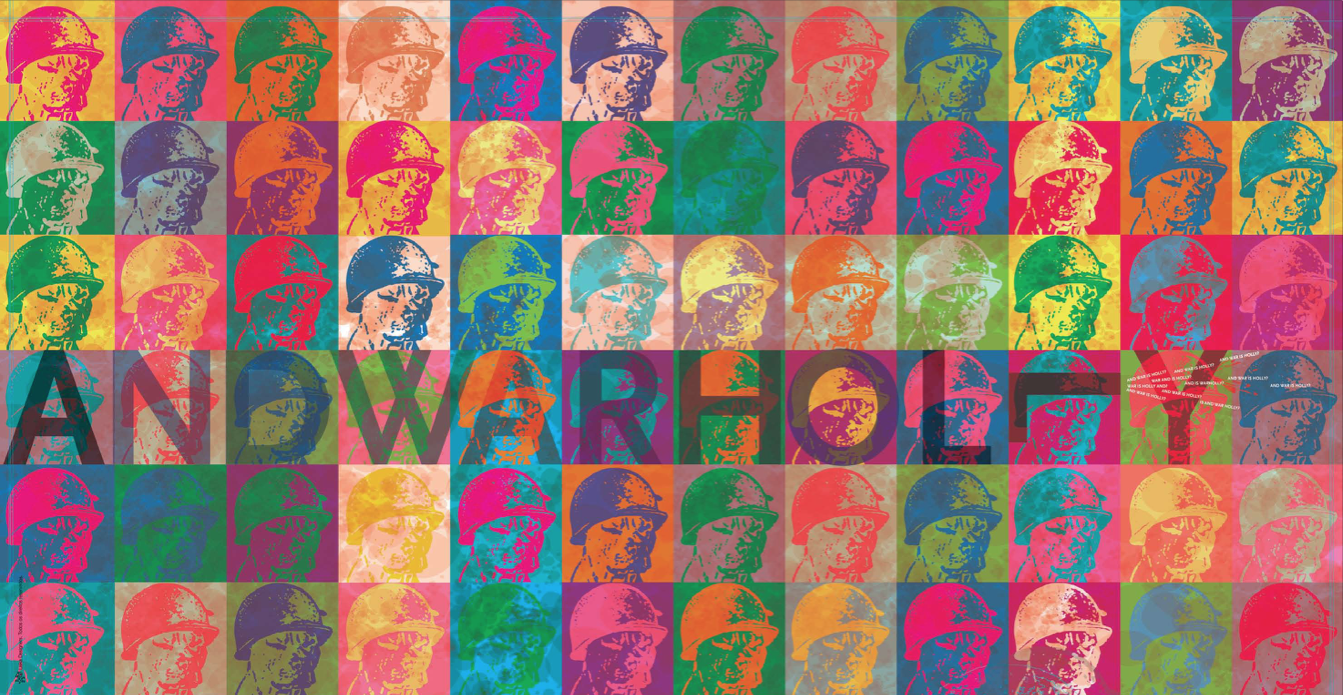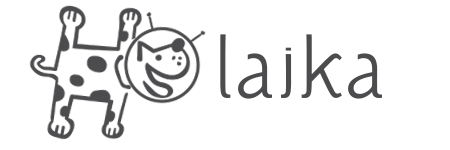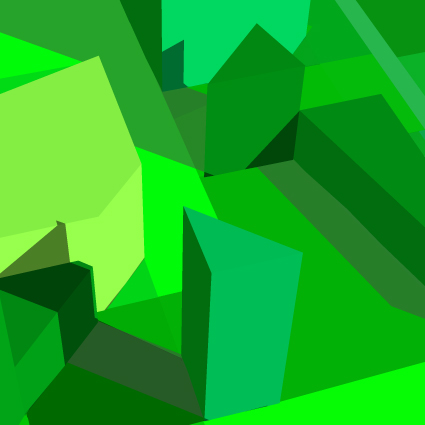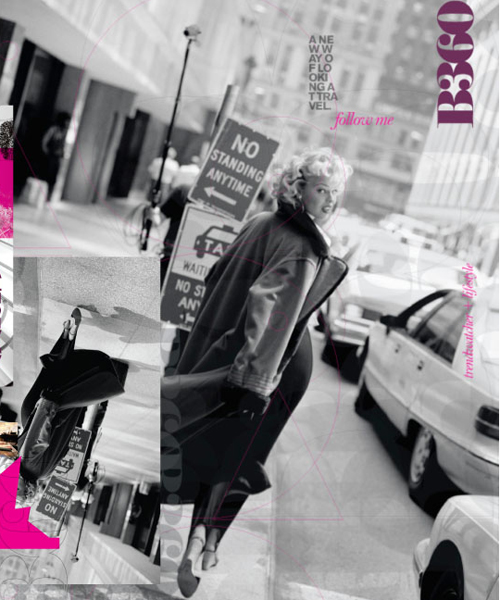
The subject is arid, subject to controversy and formed by oxidizing matter. It is only necessary the introduction to the public and we become all versed in it. And the sparks pop up everywhere. However, it is a relevant subject for a few. And the few people who are interested are passionate about the issues that surround it. The subject is art. And you, dear reader, must be frowning the wrinkled or filled with botox forehead at this poor mortal. Be patient because it will be short, as I do not intend to deal with all art. The intention is to speculate on the following question: what drives the artist to make art?
The path I propose is not a shortcut. Even because others have dealt with far more property, depth, and intelligence than this poor author. Before reaching the final point of this bus line that crosses rugged and hostile territories, I choose to insert in the discussion the term aletheia (ἀλήθεια). A lot of people know a lot about this Greek word that does not really mean Truth. Not in the terms that we conceive it these days. I turn to the trunk of the old Greek classes and introduce Charon, who takes the dead to hell, crossing a river with his boat. The name of this river is Lethe. Lethe is that wet – as it is a river – and mythical place that is crossed to reach Hades – the Greek hell. It is worth to highlight: one arrives at Hades after being killed. But dead in another sense, because, for the archaic Greeks, dying entails a sense of being “forgotten,” or, perhaps more properly, non-being. In this sense, lethe (Λήθη) is to veil, cover up, non-being. Timely return of the term aletheia to the conversation. Because aletheia is to reveal. Reveal what was forgotten. In classical Greek poetry, the idea of the poet crying out to the muses – the daughter goddesses of Zeus and the goddess Memoria (Mnemosyne) – to tell us something that, by chance, is hidden, forgotten, is the commonplace per excellence. Without the muses, the poet is unable to recall the deeds of the great heroes of the past. Without the muses, there is no poetry, there is no story to be told. Without the muses, there is no truth – aletheia. The history of the archaic Greeks is written in time in this way, through rescued memory, obviously, by a mechanism called poetry. Poetry has much more a collective than an individual dimension.
Although they refer to Homer, Homer has an existence that is not subjective, almost fictitious.
In general terms, it is worth recalling and summarizing the paragraph above: forgetting is non-being; remembering, being. Somewhat schematic. However useful, hereinafter. I confess that I am curious about the other subject previously proposed and I have not forgotten it, which comes down to a common question: why do we make art? (Or why do some make art?) It seems like a questioning so worn and trivialized, but that carries a collective dimension that few realize. I venture an empirical and speculative hypothesis. To talk about art, we need to talk about the artist – I use the term art in the lower case to break that high, divine aura that always lends to it. Because art is the consequence of someone, just by-product of mind and body, the author. Sometimes a collective produces art, a set of hands and minds. Let us think of the cinema, which, from the perspective of the under-camera, does not detract us from considering the author as such, since the authors of a cinematographic work perform pieces of the whole work and are satisfied with this execution. The Artist! Why did he decide to do it? I would say that there is a natural and intuitive will to perpetuate. When we register something, we want it to be perpetual. This is our brand, registration. We record using art, which is, in a proper way, technical. Art is technique that we use to record. Like a carpenter who carves the wood, sculpts it and shapes a table.
When, in those shuffling moments of our walks through the city, we perceive on the pavements inscriptions of names and dates, we are faced with pure art: applied technique to perpetuate. We come across a statement that says, “Look! I made this sidewalk. I was here! I existed and I exist. ” What motivations led the subject to record this statement? To historically perpetuate? Yes, it is built, with that vulgar statement, History. Probably a historical cut from a micro history. Not the collective history, but the metonymy of the collective. Knowing the social dimension of this writing on the sidewalk is another task. For the moment, art, in the sense of result, has this historical potentiality. As a social agent, the artist must register historically. I would say that it replicates a biological model of perpetuation, an atavistic model. Plotting a parallel with life in other manifestations of existence, we have parents and children, an elemental and natural combination of clan perpetuation evident in the paternal pride of their offspring and the maintenance of their genetic writing – if not in those very precise terms, in a metaphorical way, when the father admires himself in seeing reflected in others his abilities, mannerisms and appearance. In the natural environment, animals perpetuate their species, necessary and constantly. In the cultural environment, the human being seeks to perpetuate, beyond his brown or blue eyes, all his tradition – lineage with all the ancestors and heroic acts. I would venture to insert an abstract and subjective concept that motivates and justifies this practice of perpetuation: fear. Moved by the fear of death, forgetfulness, we desperately need to register in time, or lend permanence to what keeps us beyond the physical body, which keeps us eternal. Every being wants to remain as long as it is – and deny non-existence (lethe). Imagine that, in building a text, it permeates the collective, the social. Let us say that I, this author, die, preferably after the end of this text, and these ideas that were exposed here spread throughout the world. Even dead, I will have clear proof of my existence on earth. How often do we refer to our favorite artists with an intimacy of old friends? “Da Vinci, old man, what are you doing now? I really enjoyed your paintings on my last visit to France! ” And what leads us to seek this degree of intimacy with someone who has died long ago? Insecurity? Loneliness? The need to fraternize and enter the doors of such a large and faithful clan? To be part of it? Since we cannot paint such complex works, do we at least want to be part of this family?
Fear of forgetfulness. The artist, probably unconsciously, seeks to register historically, or inscribe his culture and his clan. Registering the animals on walls is nothing more than the need to record the historical discourse and perpetuate thealetheia, keeping the hunting event with all its ritualistic nuances unveiled. The artist does not need to perpetuate a child, but to perpetuate a work, to which he says: “Parla!” The work, as enunciated component of a historical discourse, will say, to cry out through the ages, the existence of the individual and collective set of beliefs and values. Somehow, the inscription of a bricklayeron a sidewalk finds correlation with the sculpture of the so-called artist, as of Da Vinci’s. What sets them apart? Historical permanence and relevance. In a simplistic way, success in the endeavor of becoming eternal as long as it lasts.




